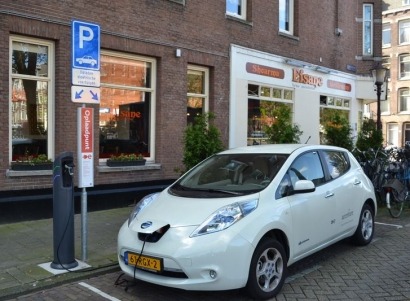
In releasing its new numbers, the consortium conceded that calculating the renewable energy share for each member country is a delicate task, and reliant on the information provided to its project team by each Member State.
EurObserv’ER's preliminary estimates put the renewable energy share of gross final energy consumption in the European Union at 14.4% in 2012 compared to 13.1% in 2011, which is a 1.3 percentage point increase (using rounded figures).
The consortium said a number of factors contributed to the rise in renewable energy usage:
• The first two are administrative and stem from the incorporation of sustainability criteria in our bio-fuel consumption calculations for the first time. According to the EU's Renewable Energy Directive, these criteria must be met if the consumption is to be eligible for inclusion. As it happens, a number of EU countries did not apply these sustainability criteria or only partly certified their consumption in 2011. The certified proportion of biofuel was much higher in 2012, which mechanically increased the renewable share. The other administrative-type factor is that Member States may now include part of their heat output from reversible air-to-air heat pumps, even though these heat pumps are mainly used for cooling purposes. This has had the effect of significantly increasing the output figures of a number of countries, Italy being a prime case in point.
• The third explanatory factor is weather-related, for in 2011, an exceptionally mild winter resulted in lower wood consumption for heating right across the EU. Wood is the main form of renewable energy used in Europe. In 2012, the return to normal weather conditions prompted a catch-up phenomenon which considerably increased wood consumption.
• Next came the more conventional increase in the electricity and heat production capacities of wind energy, solar photovoltaic and also biogas and solid biomass, the latter primarily through the development of biomass co-firing and cogeneration. This growth essentially comes from the capacities commissioned in these technologies in 2011 that reached their full potential in 2012. However the increase in hydropower output across the European Union in 2012 had little impact on the final results, as hydropower output has standardized over the past fifteen years.
• Lastly, the consortium said, estimates of the total consumption of final energy (renewable or otherwise) continued to decrease in 2012, as an effect of the recession. It put this drop at 8 Mtoe (from 1 133.3 Mtoe in 2011 to 1 125.2 Mtoe in 2012) at the scale of the European Union, while at the same time final renewable energy consumption increased by 13.4 Mtoe (from 148.8–162.2 Mtoe).
EurObserv’ER will publish more refined estimates in its annual publication “The state of renewable energy in Europe” in a couple of weeks. The publication will provide the opportunity to draw up a full, up-to-date report on all the renewable energy producer sectors.
For additional information:

